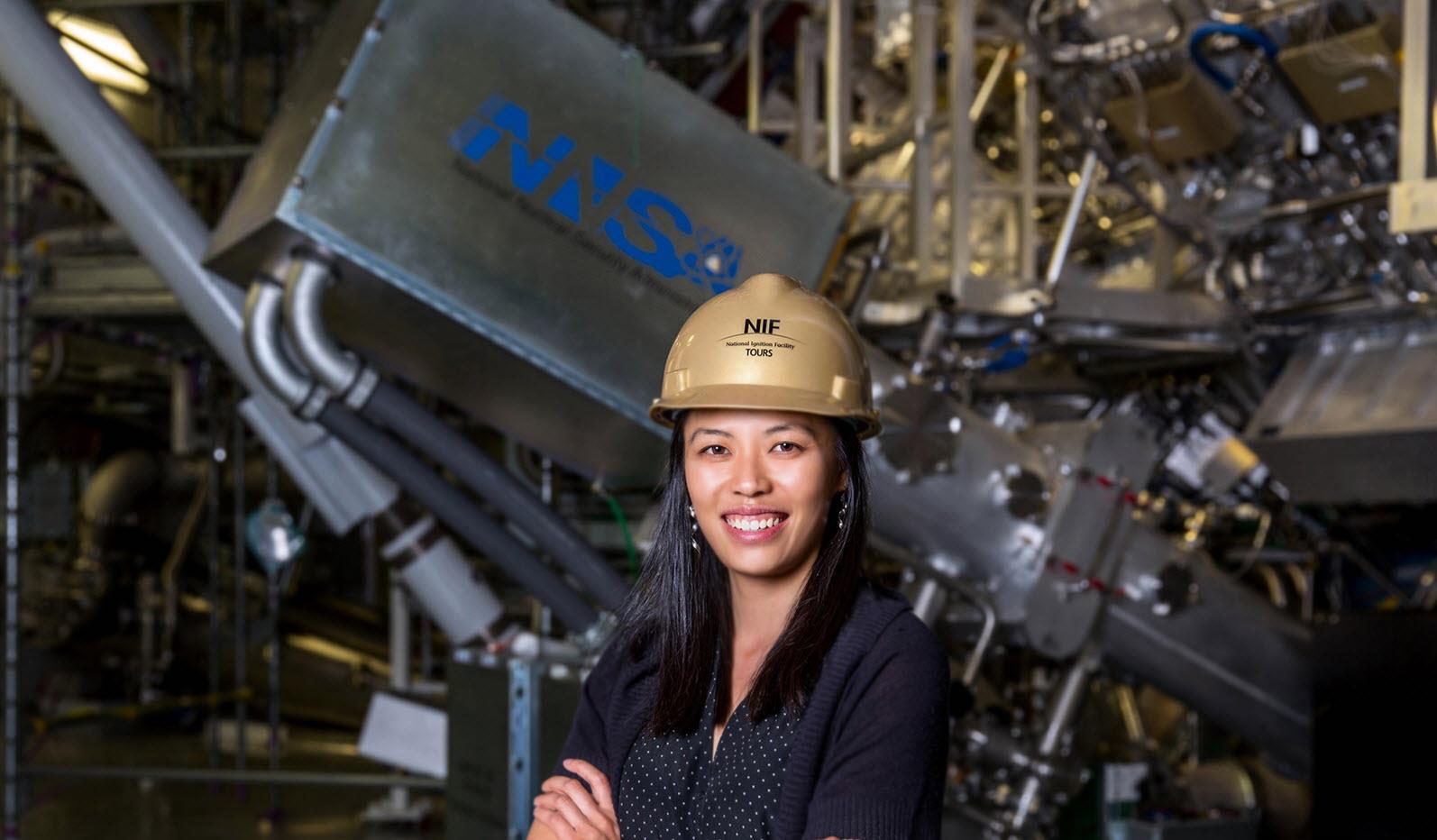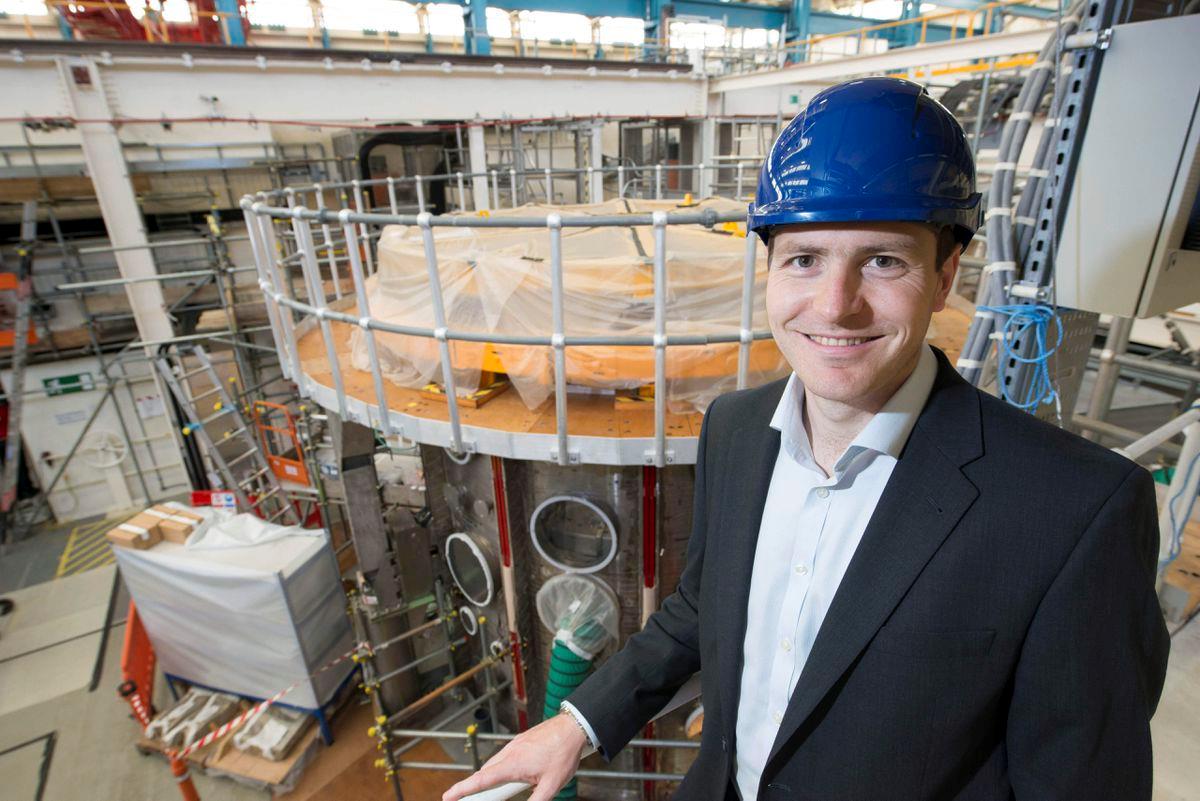
US Abandoning Its Leadership In Fusion Energy
Tammy Ma, a leading plasma physicist at the National Ignition Facility (NIF) of the Lawrence Livermore National Laboratory (LLNL) was in the San Francisco Airport waiting for a flight to the east coast. It took only a glance at the data from her team to tell her that something extraordinary had happened and she visibly jumped for joy.
Three days earlier, after decades of research and engineering, NIF had lived up to its promise to become the first laboratory to reach the nuclear fusion milestone known as ignition.
Ma's team had used an array of lasers to implode a pellet of frozen hydrogen (specifically the isotopes with one and two neutrons known as deuterium and tritium), producing nuclear fusion events and releasing so much energy that additional fusion events continued to occur – a fusion chain reaction that released more energy than the laser energy needed to initiate the process.

Physicist Tammy Ma. Photo: Lawrence Livermore National Laboratory
Noting the significance of the event during a keynote speech at a recent meeting of LLNL's Asian Pacific American Council (APAC) employee resource group, Ma noted the public interest in their achievement .“With the recent ignition result, it's really exhilarating that people care about science,” she enthused.“We're trying to take advantage of that to get the message out about ignition [and] where we want to push the field. It's an opportunity.”
Fusion's impactMa was speaking of an opportunity to spread the word about NIF's goals, but we want to address a more significant opportunity that the ignition event highlights.
For years, nuclear fusion technology has been the butt of a joke that went something like this:“Fusion is the energy source of the future, and it always will be.” The second clause of that statement is no longer true. A convergence of technological breakthroughs in superconductivity, magnetic materials, lasers and computing has changed that calculus.
As we write in the preface of our book Fusion's Promise, those advances“have dramatically changed the trajectory of fusion power; and the urgent need to reduce greenhouse gas production has provided a strong incentive to fund necessary fusion R&D. Fusion's promise of a low-cost, low-pollution, and abundant energy source is, at last, on track to being realized.”

Legal Disclaimer:
MENAFN provides the information “as is” without warranty of any kind. We do not accept any responsibility or liability for the accuracy, content, images, videos, licenses, completeness, legality, or reliability of the information contained in this article. If you have any complaints or copyright issues related to this article, kindly contact the provider above.
Most popular stories
Market Research

- Manuka Honey Market Report 2024, Industry Growth, Size, Share, Top Compan...
- Modular Kitchen Market 2024, Industry Growth, Share, Size, Key Players An...
- Acrylamide Production Cost Analysis Report: A Comprehensive Assessment Of...
- Fish Sauce Market 2024, Industry Trends, Growth, Demand And Analysis Repo...
- Australia Foreign Exchange Market Size, Growth, Industry Demand And Forec...
- Cold Pressed Oil Market Trends 2024, Leading Companies Share, Size And Fo...
- Pasta Sauce Market 2024, Industry Growth, Share, Size, Key Players Analys...



























Comments
No comment